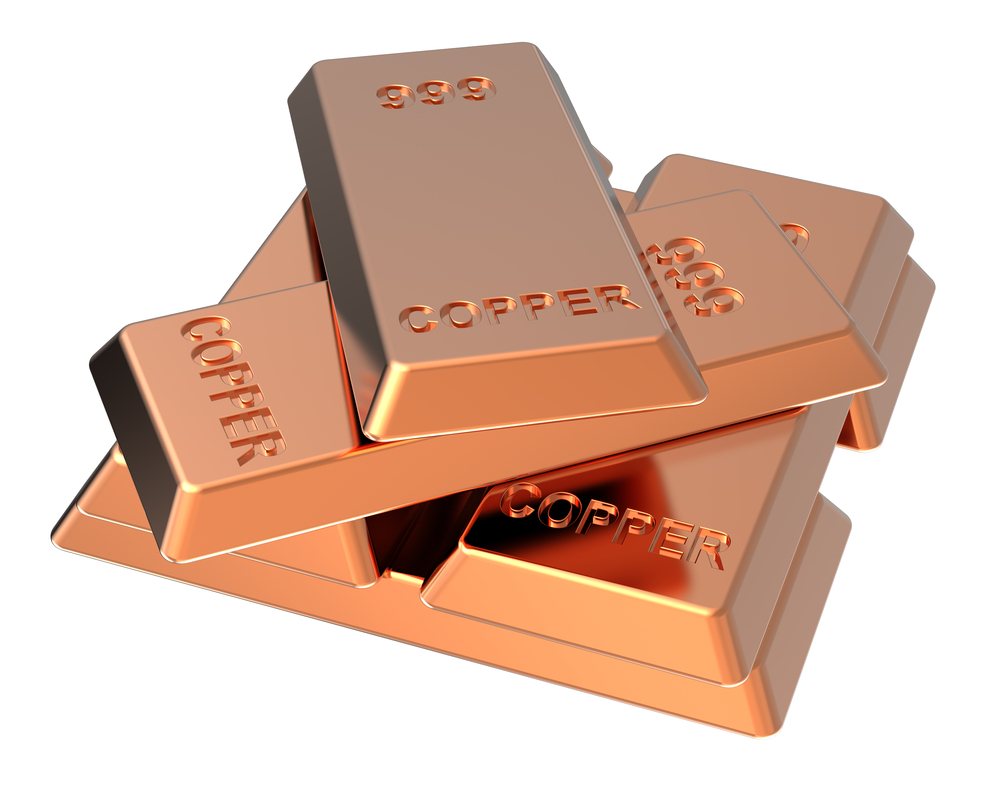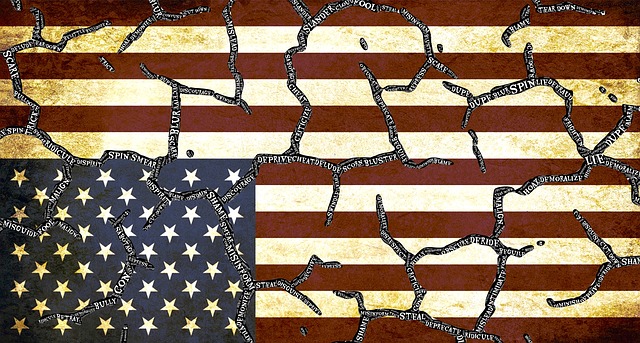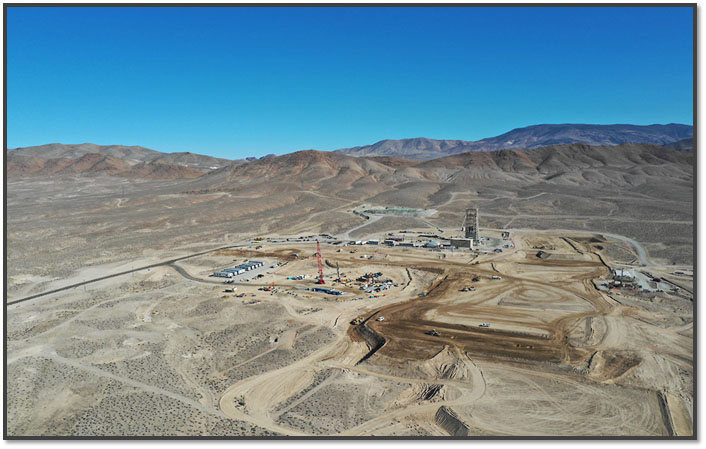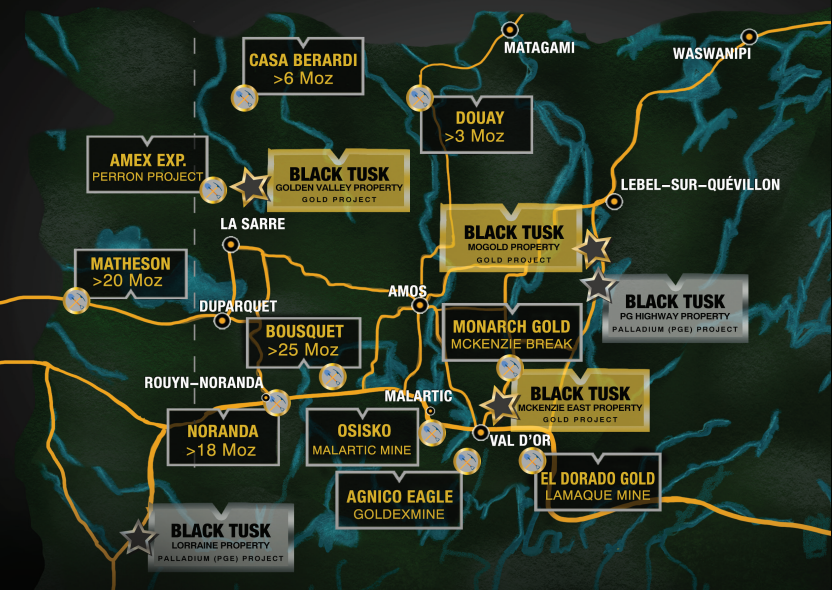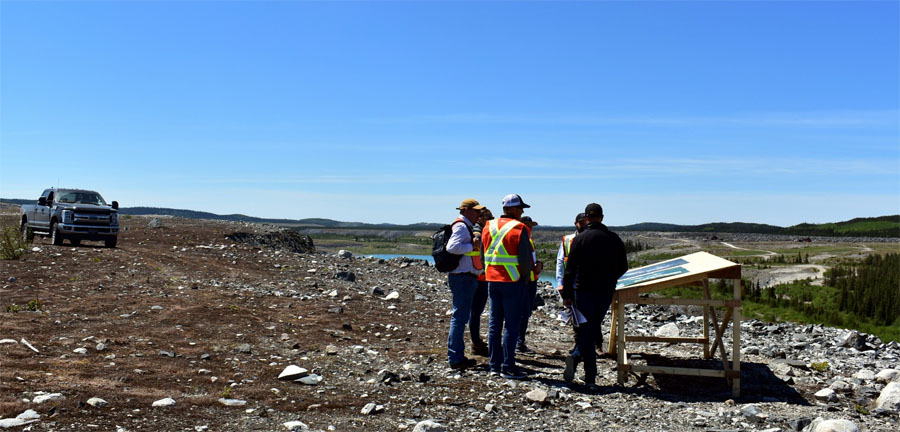Industrial Minerals (IM) spoke to Ryan Fletcher, director of Canadian investment company Zimtu Capital Corp., about graphite's growing prominence in the finance industry and investor confidence in commodities:
IM: Is graphite firmly on investors' radars?
Ryan Fletcher (RF): I think graphite hasn't quite got there yet, but it is beginning to now and is gaining more momentum—but the amount of understanding, education and interest out there is still quite low or new.
The Graphite 2011 conference in December was really the first major international conference on this space, which shows how much of a lack of understanding there is out there for graphite.
We have been researching the graphite market for a number of years now, and I would visit finance houses in London, Toronto or Vancouver, and ask sophisticated investors, "Do you know anything about graphite?" And I would say that one in 20 would have responded that they did.
Most of those investors had been around for 20–30 years, and had been around before prices went low and China gripped the market.
Now, when you go into a room here in Vancouver, that number has probably crept up to four people out of 20, but there's still not a lot of education or understanding needed out there.
IM: What is the main factor behind those investors taking note?
RF: The investment community is well versed in the lithium story; manganese, cobalt and a number of other commodities that are used in batteries and similar products, but graphite flew under the radar.
Part of the reason is that, up until eight months ago, there were not many visible public players for the investment community to look at or compare with those on the exchange. Certainly that was a challenge when we started to look at this space two or three years ago—we looked out there and there were not a lot of developers or explorers on the exchange that you could draw to.
But it started with two explorers that are active in Canada—Focus Metals Inc. (developing Lac Knife in Quebec), and Northern Graphite Corp. (developing Bissett Creek in Ontario)—and there are more on board now for investors to draw comparisons to.
Graphite as a business has been around a long time now, and there are other mines and bigger companies that own the projects and subsidiaries—but for most of them graphite is only a minor part of their business so they don't draw a lot of attention to it.
When the developers that are just pure plays on graphite started to get listed and financed, that's when it stal1ed to gain a little bit of momentum.
IM: The number of juniors out there is growing weekly. From a finance view, is the market saturated?
RF: I don't think that the market is saturated, whether it is with graphite, lithium uranium or rare earths. When you have a producer or country—that gives a lot of incentive to explore for new deposits. Not all of the projects will end up becoming mines.
Uranium is a great example of this. In 2004 it was a $2 billion (B) industry—and graphite is a $2B industry—and then over a two-year period hundreds of uranium companies started exploring for new deposits. There are still hundreds of uranium developers but some of them have been failures and there have been some new discoveries.
Graphite investment has been completely avoided for 10 years because of low prices and China controlling the market by selling cheap products—but the incentive is there now and because of that the financiers and brokers are looking for new deposits. I can easily see the amount of projects and exploration companies increasing five or 10-fold.
IM: How can new projects ensure they stand out to investors?
RF: I don't think the best graphite development projects have been found yet. Most of the ones that are known and operating were easy to develop, they were found by farmers in fields outcropping, or they were next to waterways—in Canada at least—so there was never any incentive to look for graphite.
When you start looking for graphite deposits they're actually quite easy to find, and if you're in the right terrain graphite will get picked up easily by geophysical surveys. Some of the most prospective terrain in the world is in southern Ontario and yet no one—not the government, nor companies—have ever flown a geophysical survey there.
My opinion is that the advanced graphite projects moving forward now are going to do well, but the best projects and deposits probably haven't been discovered yet.
IM: Does geography affect investor interest in a project?
RF: The finance community on this side of the pond has comfort investing in Canadian projects because it is familiar with the permitting system for each of the provinces and jurisdictions. Canadians and Australians also cooperate a lot and we're comfortable with Australian projects.
There are good opportunities in Madagascar and other African countries, and India has great potential for graphite deposits and production. Likewise Brazil. But it all depends corporately on the companies that are moving these projects forward and where they feel comfortable as well; companies might prefer basing a team in Quebec or Ontario rather than India.
IM: Which developers are most exciting for the finance community at present?
RF: From our side, I track mainly the companies on the venture exchange, and right now you have two companies with defined resources and deposits—in Northern Graphite and in Focus Metals. They're both different—Northern has a lower grade deposit but most of that is large flake, potentially high purity, which battery manufacturers are attracted to. Focus's deposit has been around longer than I have and is high grade, but is a mixture (of different flake types).
If you're a gold, nickel or copper investor and you try to take that mentality of grade or tonnage into different commodities, you'll end up going down a dead end. For commodities like graphite, it's not necessarily about grade and tonnage—it comes down to being able to extract the product and making it into something that the end users will buy from you.
The geologist in our group summed it up when he said, "All projects have warts, but some hide them better than others." Graphite is so new for the finance community that these projects have good aspects as well as challenges to them.
Some explorers are picking up projects that were known before China clamped down on prices, but others are taking a new approach and picking up land that just has never been looked at. So for investors, it depends on what they prefer to play—high-risk, high-reward exploration, or lower-risk, advanced projects.
IM: Are investors still learning about industrial mineral commodities?
RF: Professional investors and brokers pick up new markets very quickly. For the retailer, the general investor, they need to seek advice from brokers to give perspective.
A lot of people will be investing in this space because they'll find a company that has graphite in its name and they'll hear in a news report that China controls 70-80% of the market, and that prices have gone up threefold in recent years. But professional brokers or institutions can advise which companies have more of a chance of providing a better return in the long term.
IM: Does the opacity of industrial mineral pricing affect investor confidence?
RF: That's another area where maybe people that are more familiar with oil, copper or gold, get mistaken when they move into minor commodities, when they try to search for prices and figure out what the projects are.
Most price agreements are made directly between the producer and the consumer, so price is in some ways irrelevant—it's more about what grade you are producing, who you are selling it to and for what purpose.
For example, uranium sales are mostly conducted between the miner and the end user in a long-term contract. When the uranium sector really took off, the spot price also took off but that had less to do with the market fundamentals and more with finance coming in and buying up the spot market.
As an investor looking at these companies, I'm less concerned with where prices are going and more interested in which companies are going to be able to produce something that the end users will buy from them. It's great that the price has gone up because this has given incentive for exploration, but price is not the main consideration.
IM: Is it difficult to compare the merits of each project?
RF: One tool that I like to use is to have someone familiar with mineral processing or metallurgy of that commodity look at a project. If you talk to a mineral economist you only get one story.
You have to talk to someone from the industry who has taken the are and turned it into products that the industry has bought before. That's the litmus test for these projects on whether they will be successful or not.
There are a lot of factors. You need the mineral processors and the people that have taken product, marketed it and sold it to end-users, then back that up with a geologist who can indicate the size, shape and economics of the deposit, as this all helps.
IM: What is the overall mood of the investment community at present?
RF: Out here the mood is very enthusiastic for this space. We've quietly raised over $50 million over the last months for companies through IPOs and new financings and so forth. The investment community is starting to wake up to the fundamentals of graphite, but this only really started at the tailend of December 2011 and I can see more and more attention, activity and investment.
I hear from institutions and brokerages, whose clients are calling in and asking, "What do you know about graphite? How should I deploy my capital?" And these institutions have to have the answers and understand the market.
The projects that people own right now are not all that unique. But whichever company moves ahead the quickest I think will do the best.
Do geophysical surveys right away, go to the ground—go, go, go—because graphite is going to be a race.
Jessica Roberts, Industrial Metals







